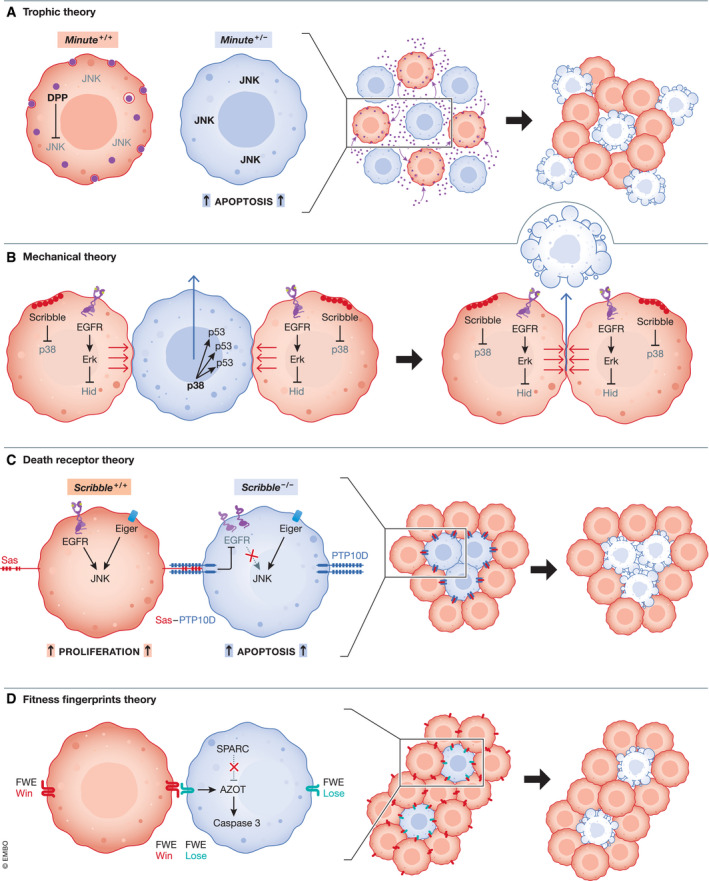Figure 1. General mechanisms of cell competition.

(A) Model of indirect CC based on trophic theory: Growth‐deficient ribosomal protein gene cells (RP+ / −) are outcompeted by wild‐type cells (Rp+/+) based on their reduced ability to capture trophic factors, such as Dpp, essential for their survival. Dpp allows cells to block the activation of apoptotic pathways and maintain a proliferative state. The lower capacity of growth‐deficient RP+ / − cells to obtain Dpp leads to the activation of JNK apoptotic signaling and ultimately their replacement by wild‐type cells that efficiently capture Dpp ligands. (B) Model of Mechanical theory: Mechanical‐based cell competition regulates cell growth and survival. Differential sensitivities to mechanical forces in epithelial tissues results in elimination of suboptimal cells by their healthy neighbors, and compensatory gain of winners to the tissue space. At the molecular level, in suboptimal cells, the high levels of stress and deformation downregulate ERK signaling and increase the expression of the apoptotic proteins p38, p53, and Hid. Suboptimal cells undergo apical extrusion, or apoptosis, and optimal cells expand. (C) Model of Death Receptor theory: Healthy cells can induce the elimination of suboptimal mutant neighbors by activation of cell surface ligand‐death receptor pairs. scribble (scrib)− / − MT cells expressing PTP10D receptor contact WT epithelial cells expressing surface ligand, Sas inducing transactivation of Sas‐PTP10D signaling and subsequent EGFR inactivation and JNK pro‐apoptotic signaling in scrib − / − loser cells, and compensatory proliferation of WT cells. Eiger (TNF superfamily member) activates JNK‐dependent cell death in scribble polarity mutants. (D) Model of cell competition via fitness fingerprints. Neighboring cells compare their fitness status through the expression of fitness fingerprints, such as transmembrane Flower proteins. Flower Win‐expressing cells recognize Flower Lose‐expressing suboptimal cells. Consequently, Flower Lose upregulates Azot, which induces caspase‐dependent apoptosis. In some cases, suboptimal cells can increase the expression of SPARC to antagonize Flower Lose‐mediated apoptosis and transiently prevent cell death.
